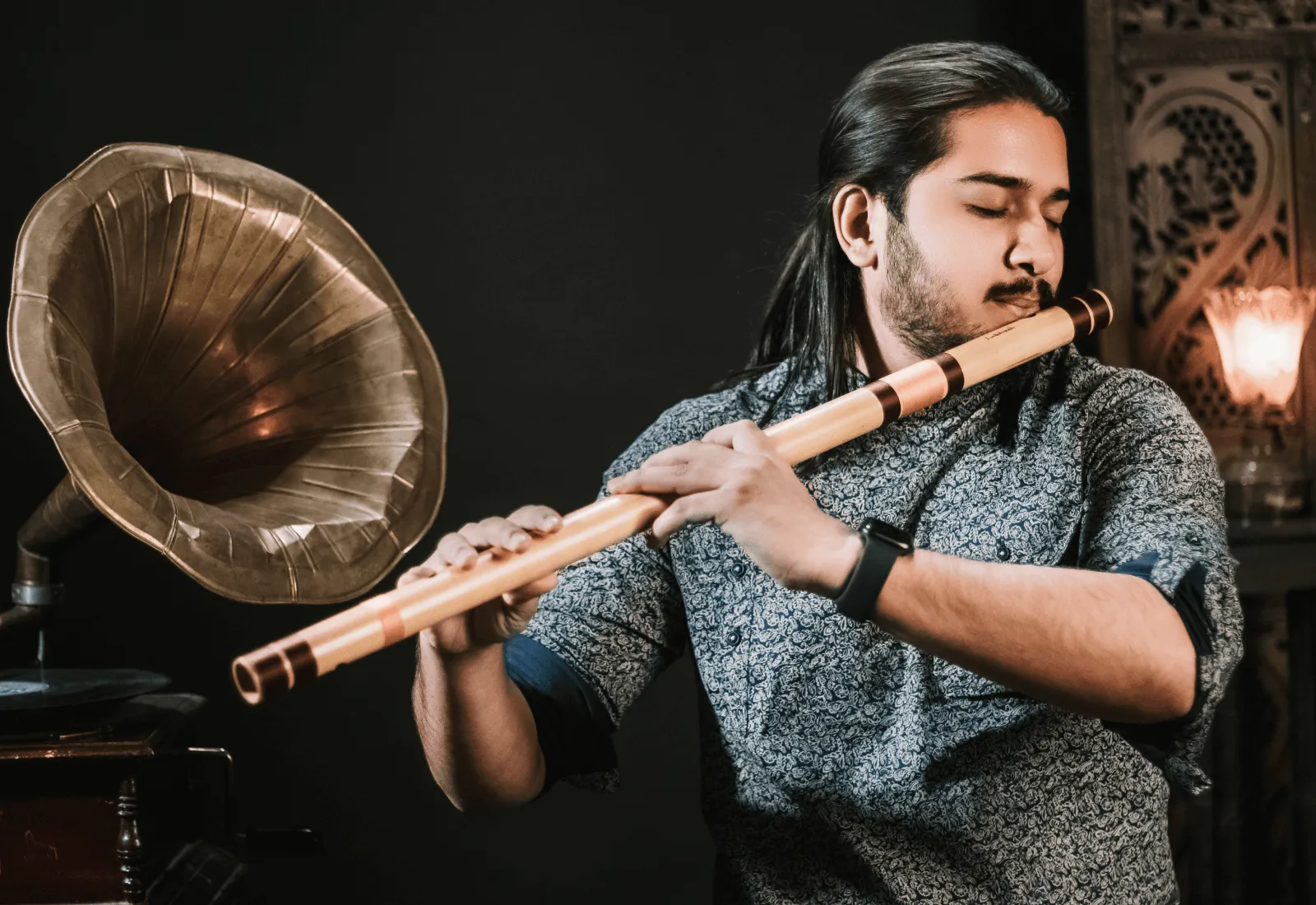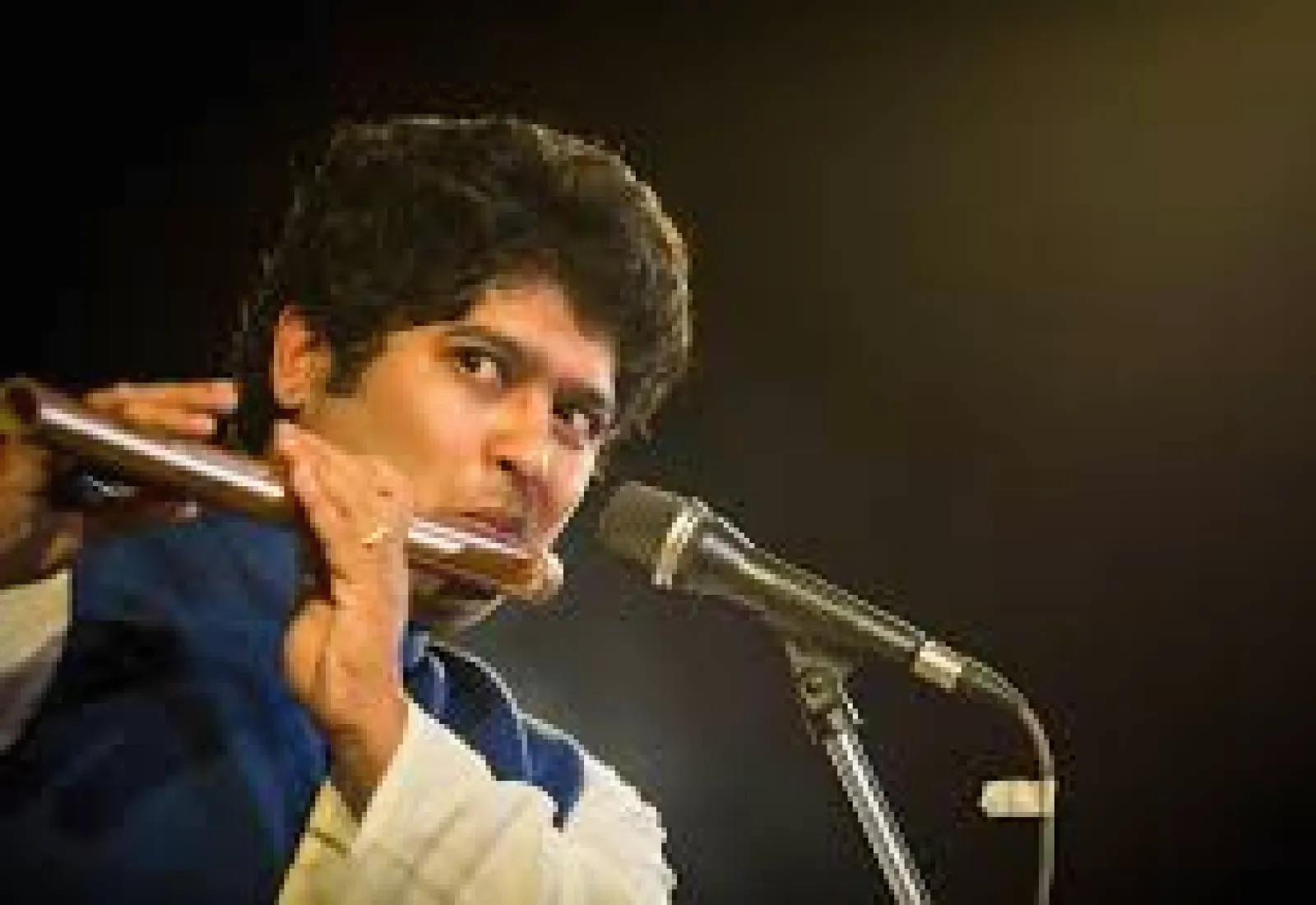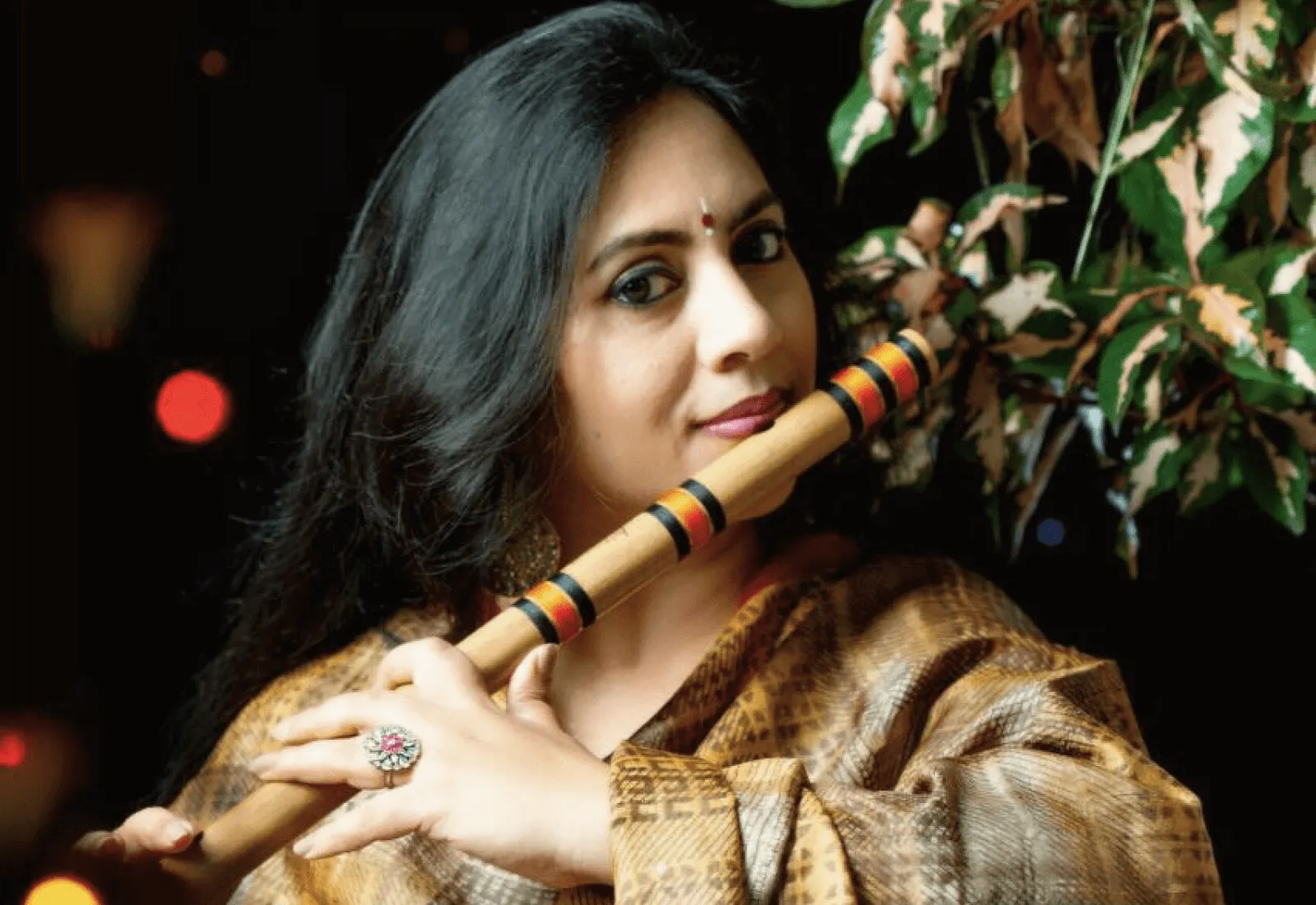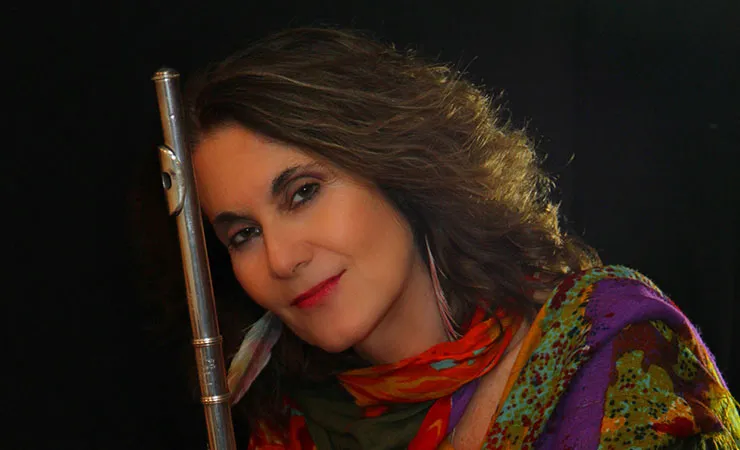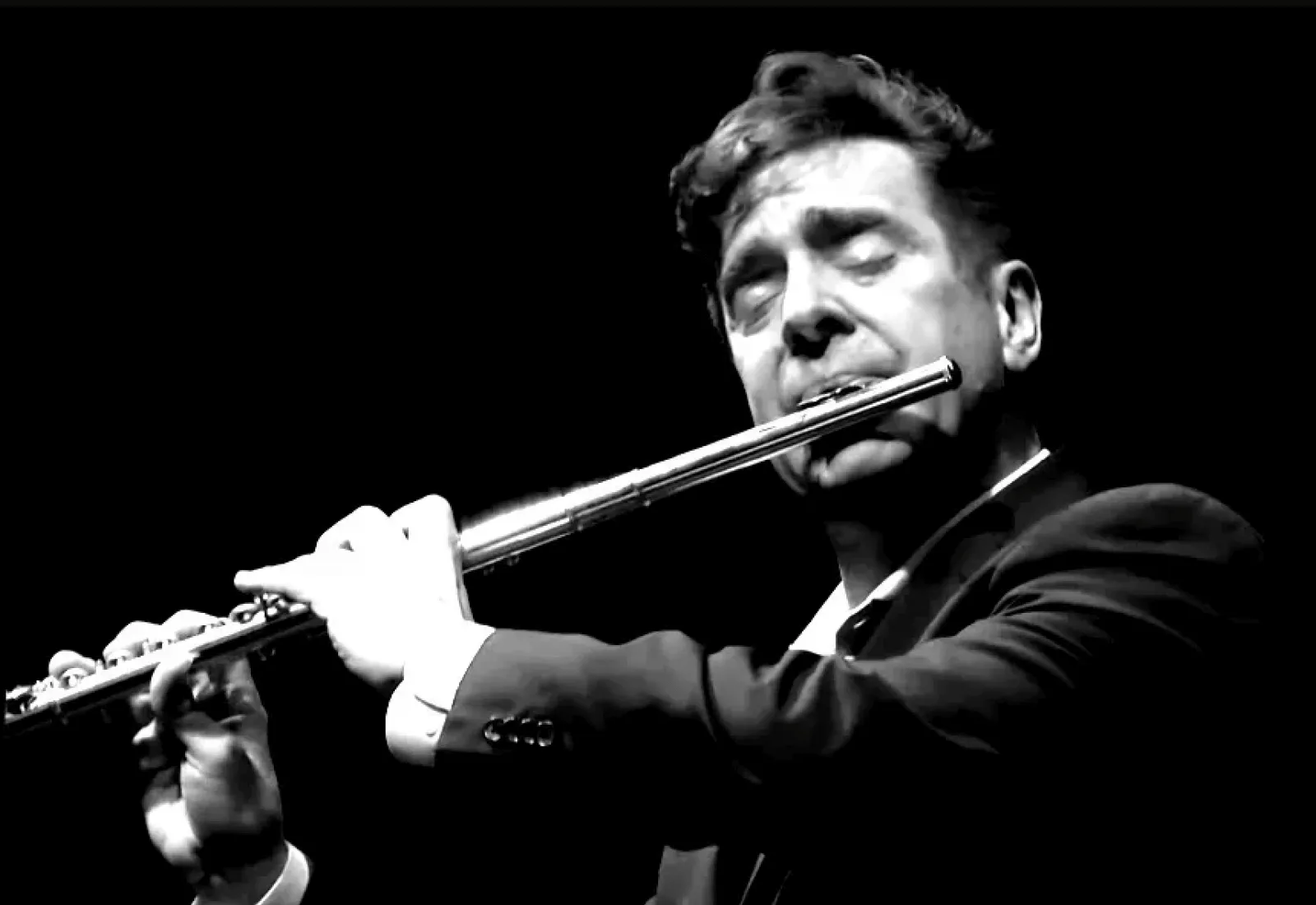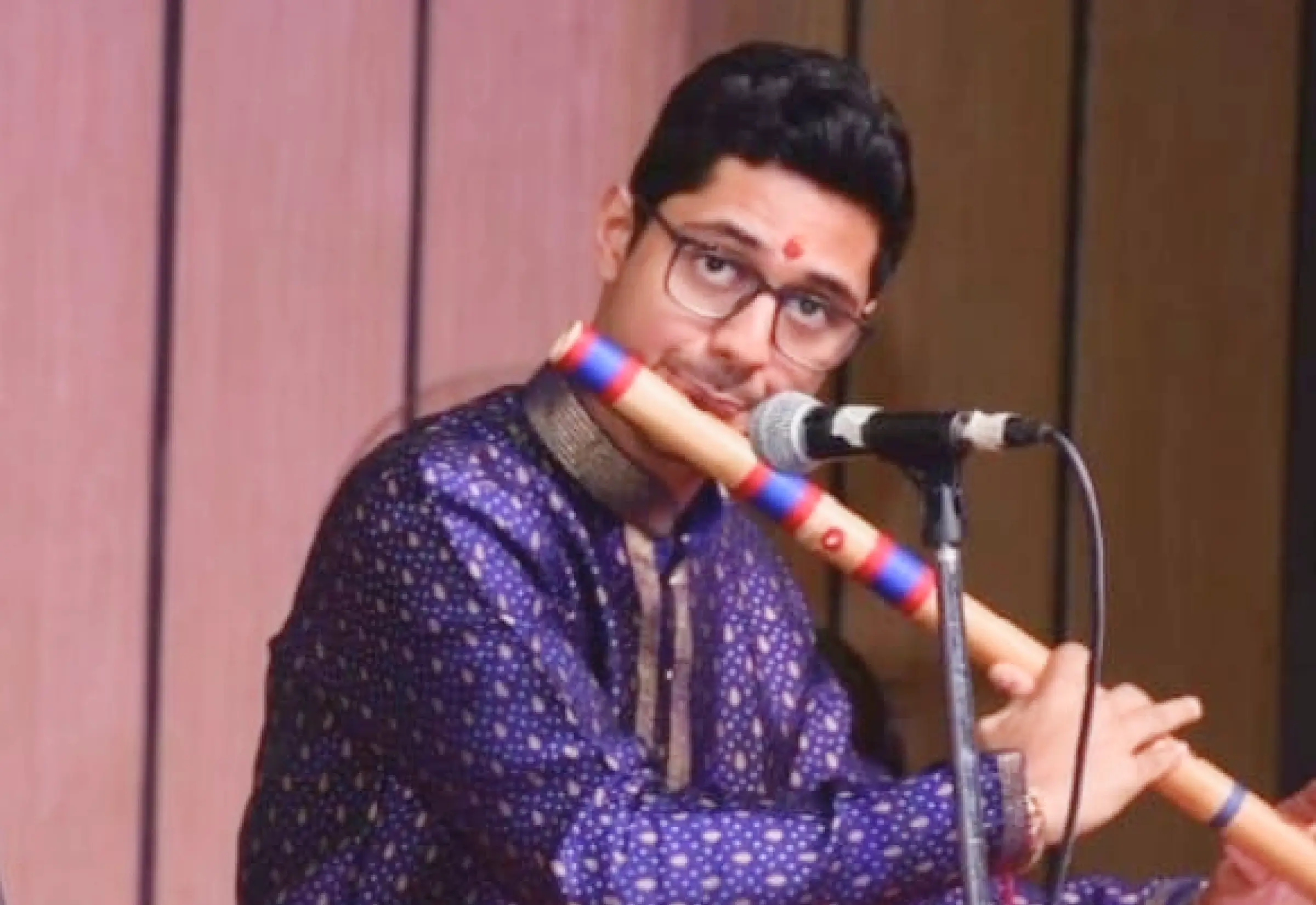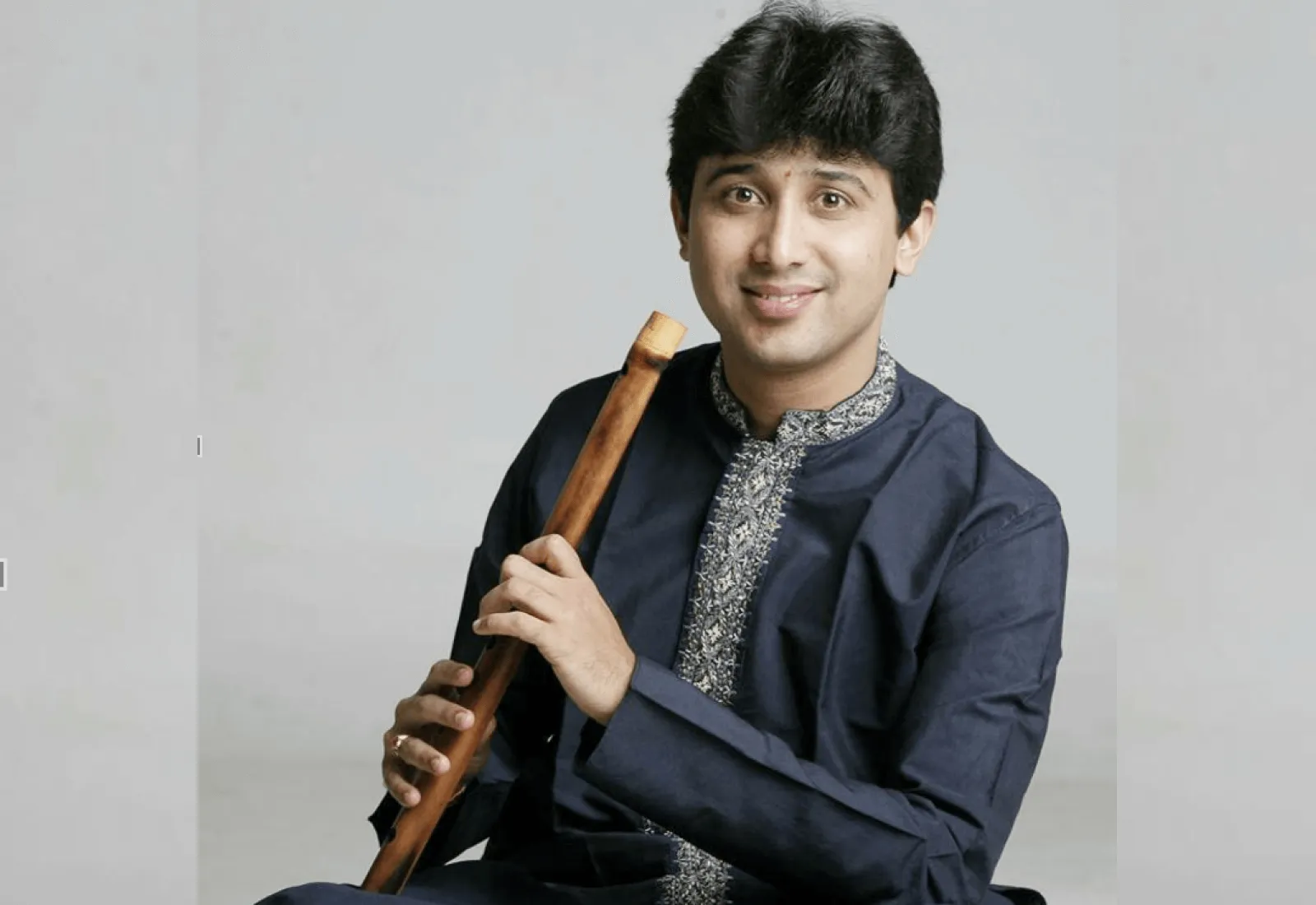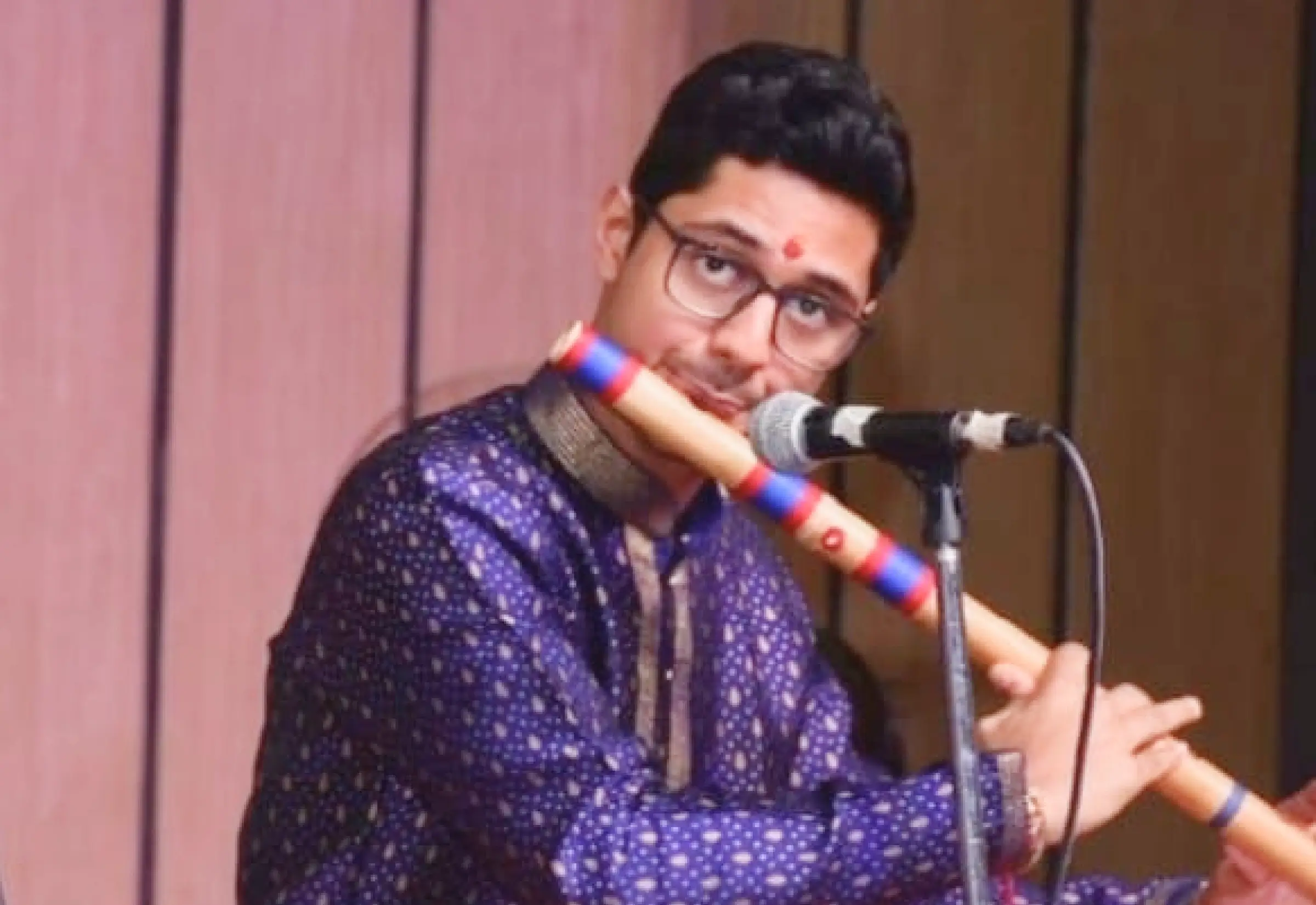Flute Overview
What is a flute? Any instrument created by drilling holes into a cylindrical wooden tube can be considered a flute. The most common type is the traditional bamboo flute also known as bansuri, which has a hole at one end through which the player blows air into the cylinder. This style of the bansuri or flute is commonly used in classical and folk music. The transverse style flute is held at an angle and blown into from the side, like the venu, fife, and sogeum. The transverse style offers more control to the player, so it is commonly utilized in more classical pieces.
The bansuri or bamboo flute is an ancient wind instrument made of a single hollow shaft of bamboo with six or seven finger holes. Its name originates from the Sanskrit for wood, bans and the word for musical note(s), sur. Flutes are the oldest extant musical instrument ever discovered, with the oldest one ever found dated as being somewhere between 35,000 and 43,000 years old. While flute instrument varieties have had an influential musical presence used all over the globe, one of the most popular wooden flutes is the Indian bansuri, also known as a urali, bansi, baashi, and baanhi.
Traditionally, the bansuri is carved from a special type of bamboo that grows to longer lengths between the nodules. This type of bamboo is found primarily in the foothills of the Himalayan mountains. The bamboo is cut and treated with natural oils for strength and preservation. After the material has been selected and treated, the mouth hole is cut into the side of an end. The opening nearer the blowhole is plugged with a cork, forcing the air to travel past the finger holes to escape.
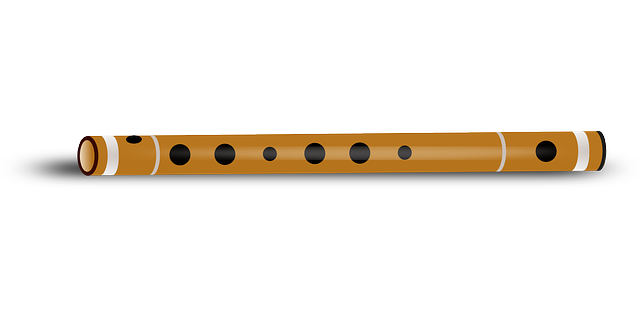
The holes in the instrument are measured and burned into the bamboo with hot metal skewers. This method is chosen to prevent the material from splitting and altering the sound. After the drilling, each finger hole is sanded to ensure smoothness and an airtight seal between the instrument and the player's fingertips. After the detailing is finished, the product is quality tested by measuring the distances between each hole and mouthpiece, the wall thickness, the diameter of finger holes and the tone of the musical notes. After the instrument is completed, it is decorated and bound with nylon or silk.
Bamboo Flute History
The first variety of flute related instruments were found carved into the bone of a young cave bear and dated as being nearly 43,000 years old. Other materials were also used during this time period - flutes were carved from mammoth tusks and bird bone, both presumably chosen for their hollowness after the bone marrow has been removed.
The bamboo flute is a simple instrument found in a variety of ancient cultures. Historically, there are three birthplaces of flutes in a general sense; however, the transverse bansuri flute only appeared in ancient India and has not changed much since the medieval era.
While the question of who invented the flute cannot be traced back to a single origin, the bansuri is mentioned as an important instrument in the Natya Shastra, the Sanskrit text on music and arts. However, the flute is not referred to as a bansuri in ancient text. Instead, it is referred to by other names, such as nadi, tunava or venu. Written accounts intimately tie the wooden flute to the love story between Krishna and Radha and this has been depicted in ancient paintings. The accounts tell of Krishna’s flute having an enthralling effect on women and animals of the region.
Types of Flute
Wooden flute types can be broken down into a few categories. As mentioned before, the method of blowing categorizes these instruments into either transverse and fipple style. There are categories based on size, as well, each offering a different pitch.
At the highest pitch are the flutes less than 12 inches long. The most common size is around 20 inches, and flutes can be found in a bass variety as well. The larger wooden flutes are around 30 - 40 inches and include the Shankh variety and the super bass variety.
The classical division provides further distinction. The venu has seven holes and used most commonly in Carnatic classical music, while the bansuri has six holes and is more commonly found in Hindustani classical music.
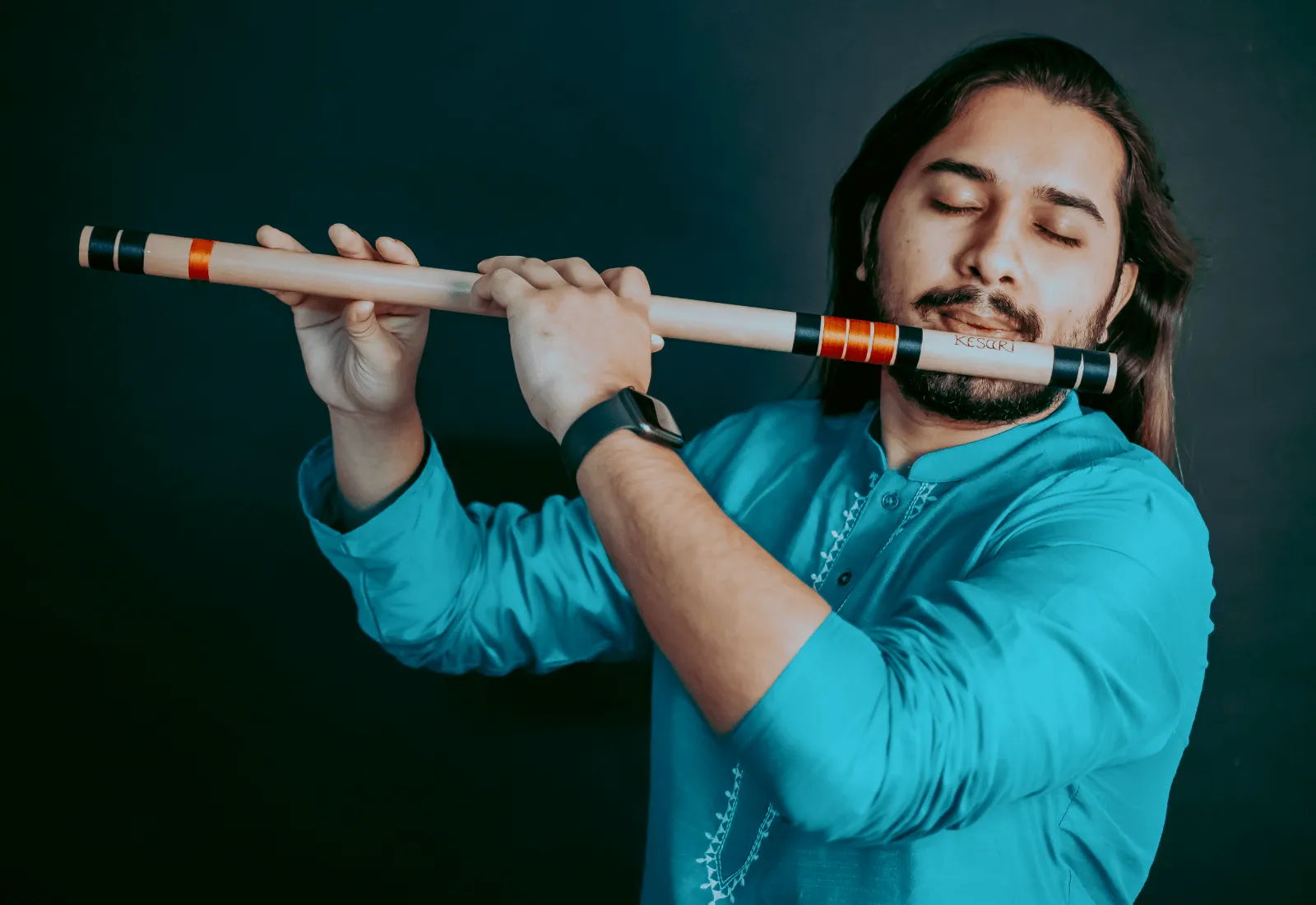
Flute Playing techniques
When playing the wooden flute, the instrument is placed horizontally, with the end furthest from the player tilted slightly toward the ground. The flutist typically sits cross-legged on a cushion or on the floor with their trunk straight and their head held high. This position allows the flutist to fill their lungs and blow a continuous breath into the instrument.
By remaining in control of the volume of air being blown into the instrument, the player can control their pitch, volume, tone and consistency for hours. While this technique is popular and works for most, the position of each flutist must be determined by what is most comfortable and efficient.
Learning how to play the flute may seem like a simple task, but there are several techniques to mastering flute music that make the melody unique. Each master must decide which of these techniques they will employ to create their own unique style.
Kan is when a note is played briefly along with other notes. It is the flicker of the note created by tapping a fingertip on the hole during play that adds the embellishment of a master.
Bend, or glissando, is when the player goes from one note to another by sliding their finger along the holes creating a flowing, continuous sound.
Kampen, or vibrato, is created when the flutist makes a series of quick up and down changes to the pitch of a note. This technique warbles the sound in the player's diaphragm making a wavy sound in the note.
Gamak is a technique whereby the player moves their finger up and down the hole in the flute, similar to a bend but faster, as if caressing the note.
Volume control is utilized to add emphasis to a section or note, allowing the player to emote through their music using the speed of airflow.
Andolan, or oscillation, is a type of swinging that starts with one note and swings to touch the peripheral of another adjacent note.
Murki is produced in a cluster of two to three notes played around a central note for stability.
Khatka is when a cluster of notes are played very fast and with force to embellish another note.
Zamzama is an Urdu word translating to 'addition of notes'. This technique is a cluster of notes played to embellish a landing note in progressive combinations. This is a more advanced and difficult technique and requires a lot of practice to master.
Half notes are produced by holding the finger over half of a hole. This technique is considered an essential part of Indian classical music that gives it that iconic complex and mystical sound.
Flute Mechanics
There are multiple ways to alter the pitch of a wooden flute. The instrument's pitch can be changed by the speed of airflow into the body of the flute. Slower airflow from the player into the mouthpiece produces a lower pitch; faster airflow into the instrument produces a higher note. The length of the flute also influences pitch. Longer instruments are lower, while shorter ones are higher.
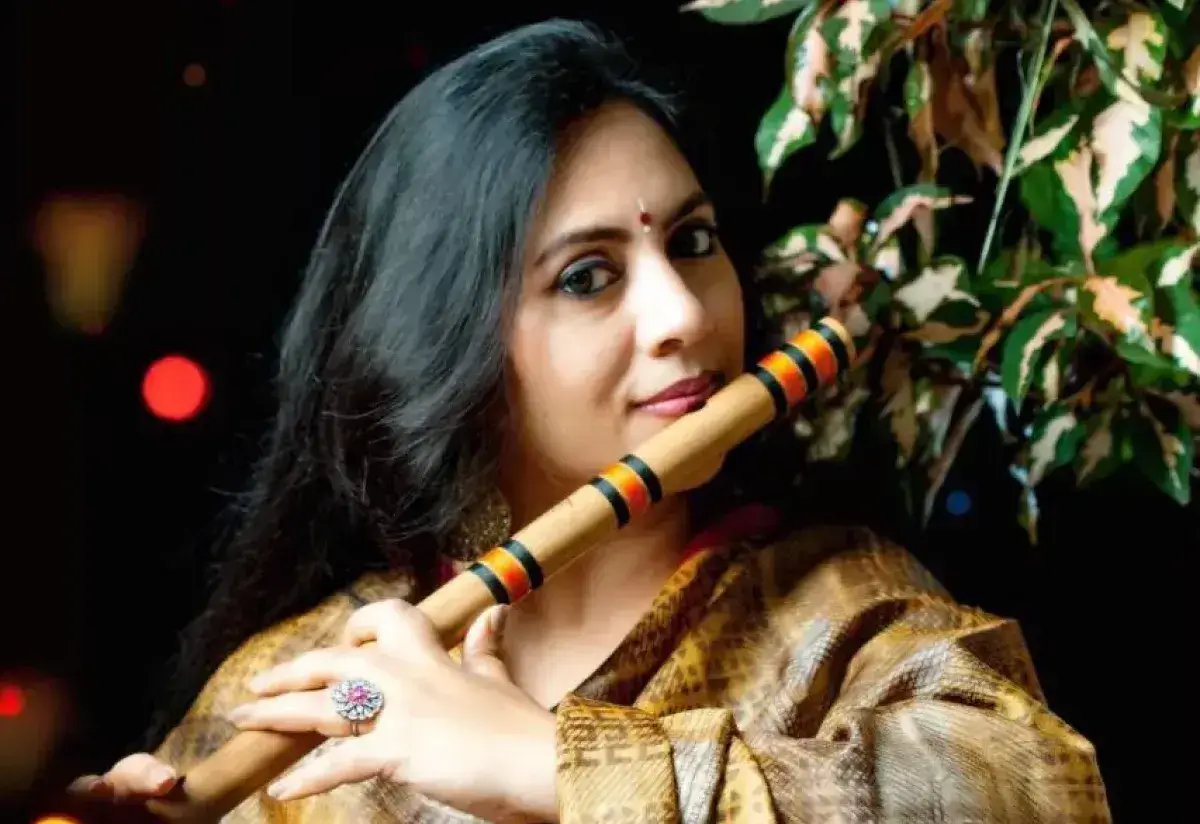
Six tone holes are required to produce the seven basic swaras, the notes the make up a standard scale: sa, re, ga, ma, pa, dha and ni. When all the holes are covered, the instrument produces a bass scale that is the root note pa. When the hole furthest from the blowhole is open the flute plays the highest note, dha. When releasing the holes one by one, working toward the mouthpiece, the following notes are played in order: ni, sa, ri, ga. Finally, ma is produced with all holes open. More notes and half notes are achieved by manipulating fingerings and embouchure.
Top Famous Flute Players
Famous flute players are:
- Amith Nadigg
- Andrea Brachfeld
- Angela Blueskies
- Chetan Joshi
- Debopriya Chatterjee
- Hariprasad Chaurasia
- Keshav Ginde
- Manose Singh
- Milind Date
- Nityanand Haldipur
- Panchajanya Dey
- Pannalal Ghosh
- Pravin Godkhindi
- Ragunhath Seth
- Rajendra Prasanna
- Rajkamal N
- Robert Cart
- Ronu Majumdar
- Shashank Giri
- Steve Gorn
- Suchismita Acharya
- Vidwan S.A.Sashidhar



